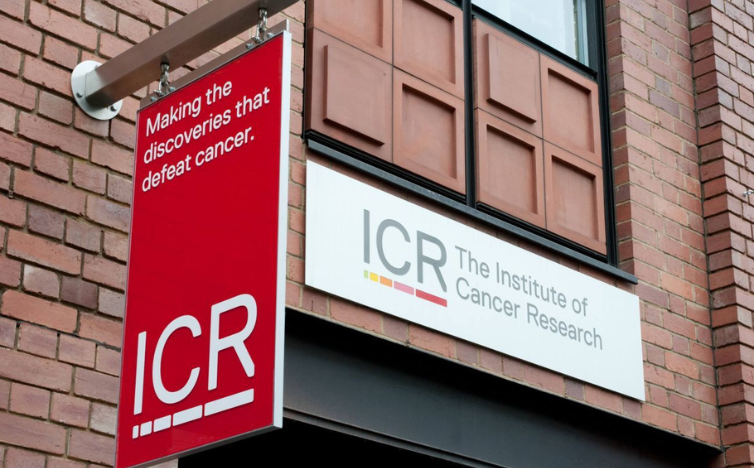Scientists have created a new way to predict if prostate cancer will come back, using ideas from evolution and artificial intelligence (AI). In a recent study, they used computer methods to look at specific tumor details and see how the tumor changes over time. They found that these details can show if the cancer will come back more than ten years after the first diagnosis.
This new method can help doctors figure out which patients are at higher risk of their cancer coming back. This can help decide who needs only local treatment, like radiotherapy or surgery, and who needs extra treatment.
The study was led by researchers at The Institute of Cancer Research, London, and The Royal Marsden NHS Foundation Trust. The findings were published in Nature Cancer and were mainly funded by Cancer Research UK, with extra money from the Medical Research Council and the Wellcome Trust.
Scientists at the Centre for Evolution and Cancer at The Institute of Cancer Research are leaders in this type of research. They believe it will lead to new, better treatments for many types of cancer.

Why It’s Hard to Predict Prostate Cancer Outcomes
Prostate cancer is tricky because it varies a lot between patients and even within the same tumor. Sometimes, cancer grows in more than one spot in the prostate, creating multiple tumors. This makes it hard for doctors to choose the best treatment.
In some cases, doctors use a “watch-and-wait” approach to avoid unnecessary side effects of treatment. But this can be risky for patients with aggressive cancer that is likely to return.
Other studies have tried to use tumor details to predict outcomes, but they often used small patient samples or only looked at early-stage disease. The new study focuses on high-risk prostate cancer before surgery, aiming to predict how the cancer will progress.
New Measurements and AI
Researchers used AI to study 1,923 samples from 250 participants in a radiotherapy clinical trial. They looked at the tissue structure and used AI to perform Gleason grading, which scores cancer cells based on their appearance.
They also studied genetic differences between cells in 642 samples from 114 participants in radiotherapy trials. This gave them combined information about the cells’ genetics, appearance, and patient outcomes over more than ten years.
The study found that genetic differences and AI-measured cell diversity in tumors can predict the tumor’s ability to change and survive. This “evolvability” was a strong sign of cancer coming back. The researchers also found a link between losing a specific chromosome and fewer immune cells in the tumor, which might affect treatment response.
Next Steps
The researchers plan to test their new measurements in a larger group of people with different types of prostate cancer. They will also consider other factors like hormone levels.
Expert Opinions
Dr. George Cresswell, one of the study authors, said they are happy to have found new ways to predict cancer return from standard biopsies. He believes new methods like this are urgently needed to improve treatment decisions.
Professor David Dearnaley, another author, said this study shows the power of combining genomics and tissue structure analysis. He thinks the findings will help identify which patients need early treatment with life-extending medications.
Professor Andrea Sottoriva added that using evolutionary biology to study cancer has great predictive power. This research helps us understand cancer progression and treatment resistance better, leading to better treatment plans for cancers, including prostate cancer.
Source: icr




